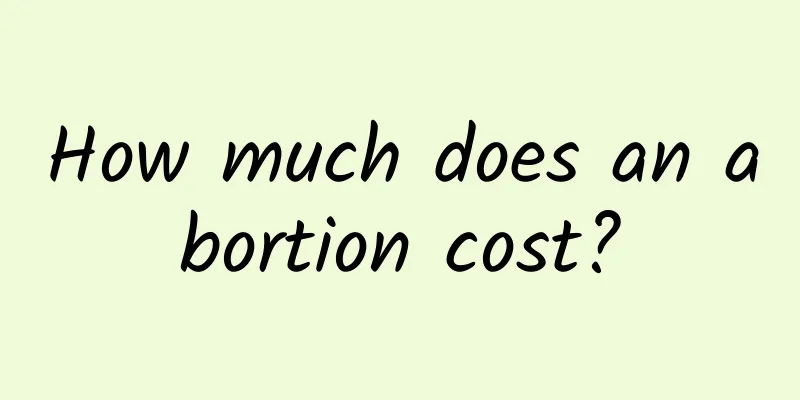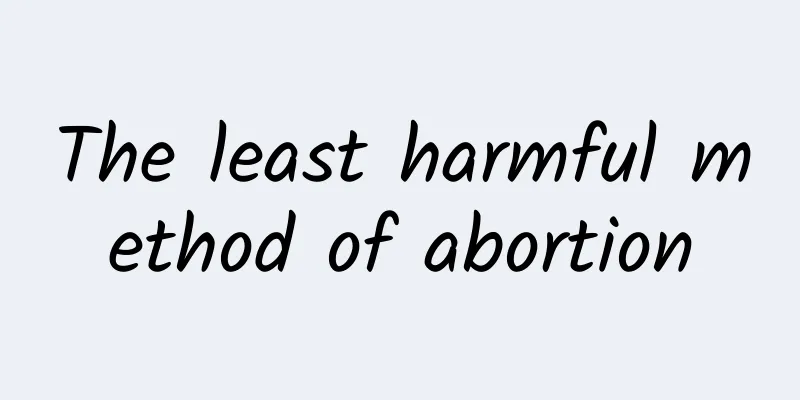What age do uterine fibroids usually occur? What age range do uterine fibroids occur?

|
What age do uterine fibroids usually occur? What age range do uterine fibroids occur? Uterine fibroids are benign tumors that grow in the myometrium of the uterus, and are common in women of childbearing age. It is one of the most common gynecological diseases in women, causing distress and pain to many female friends. So, at what age do uterine fibroids usually appear? Let's find out together. 1. Age of onset of uterine fibroids The age range of uterine fibroids is relatively wide, but most of them occur in women of childbearing age between 30 and 50 years old. During this period, the uterus of women is at the peak of physiological development, and estrogen secretion is vigorous, which can easily lead to the growth of uterine fibroids. After puberty and before menopause, the hormone level in women's bodies is in a relatively stable state, making it more likely to form uterine fibroids. 2. Size and age of uterine fibroids The size of uterine fibroids is not directly related to age. Both young and old women can develop uterine fibroids, and the size may vary. Studies have shown that the size of uterine fibroids is related to the patient's reproductive history and the duration of the disease. When young women develop uterine fibroids, the tumor is relatively small because they have not experienced many pregnancies. When women who have experienced many childbirths develop uterine fibroids, the tumor is relatively large because the myometrium of the uterus has been stretched many times. 3. Uterine fibroids and lifestyle Although the age of onset of uterine fibroids is relatively concentrated, some young women or women after menopause also suffer from the disease. This is related to the influence of lifestyle. According to research, long-term living in a high-pressure environment, overwork, irregular diet, smoking, drinking and other unhealthy lifestyle habits will increase the risk of disease. In summary, uterine fibroids generally occur in women of childbearing age between 30 and 50 years old. The hormone levels in this age group are higher, which can easily lead to the growth of uterine fibroids. However, it does not mean that women of other age groups will not suffer from the disease. The size of uterine fibroids is not directly related to age, but is related to the patient's reproductive history and the duration of the disease. An unhealthy lifestyle can also increase the risk of disease. Therefore, female friends should pay attention to maintaining healthy living habits in their daily lives, conduct regular gynecological examinations, and conduct timely treatment and intervention to prevent and control the occurrence of uterine fibroids. |
Recommend
Non-invasive body sculpting is on the rise! Pediatric clinics are also rushing to do
Body sculpting, which claims to be non-invasive, ...
What are the taboos of abortion?
Abortion is very common, and there are abortions ...
What are the causes of habitual miscarriage?
If a woman has habitual miscarriage, it will defi...
Reasons for poor prognosis in patients with ectopic pregnancy
Ectopic pregnancy is a common acute abdomen in gy...
What are the dietary health care for pelvic peritonitis
Nowadays, many women are increasingly pursuing a ...
Can adenomyosis be treated with abortion? What should be paid attention to?
Can I have an abortion if I have adenomyosis? Wha...
Dietary considerations for patients with fungal vaginitis
Dietary precautions for patients with fungal vagi...
Study: Drinking pomegranate juice can reduce appetite by 20%
Do you still feel hungry no matter how much you e...
What to eat to lose weight faster? Get ready for these 15 great weight loss foods!
It’s hot summer again, and everyone is crazy abou...
Patients with dysmenorrhea must understand the treatment methods in advance
Dysmenorrhea often occurs in women's lives, w...
Remedies for menopause
Menopause is a common disease among female friend...
Can threatened abortion be treated without surgery?
In the minds of many women, the treatment for mis...
What are the main treatments for pelvic inflammatory disease?
For the treatment of pelvic inflammatory disease,...
Expert advice: Common and effective methods to relieve dysmenorrhea
How to relieve dysmenorrhea is a matter of great ...
What to do with moderate chronic cervicitis
Moderate chronic cervicitis is generally caused b...









